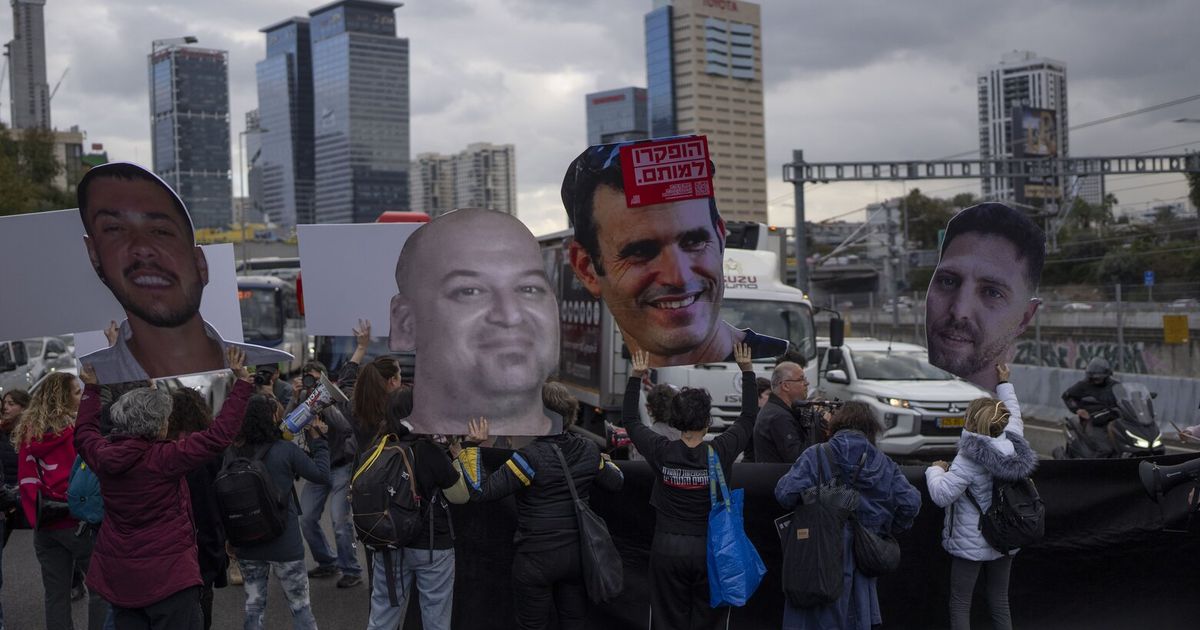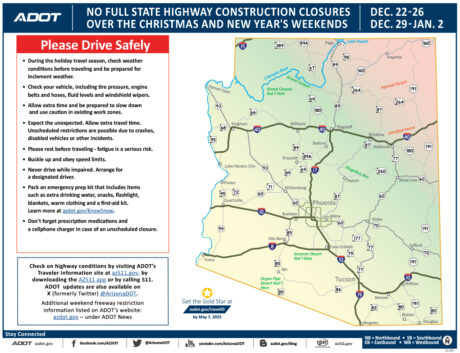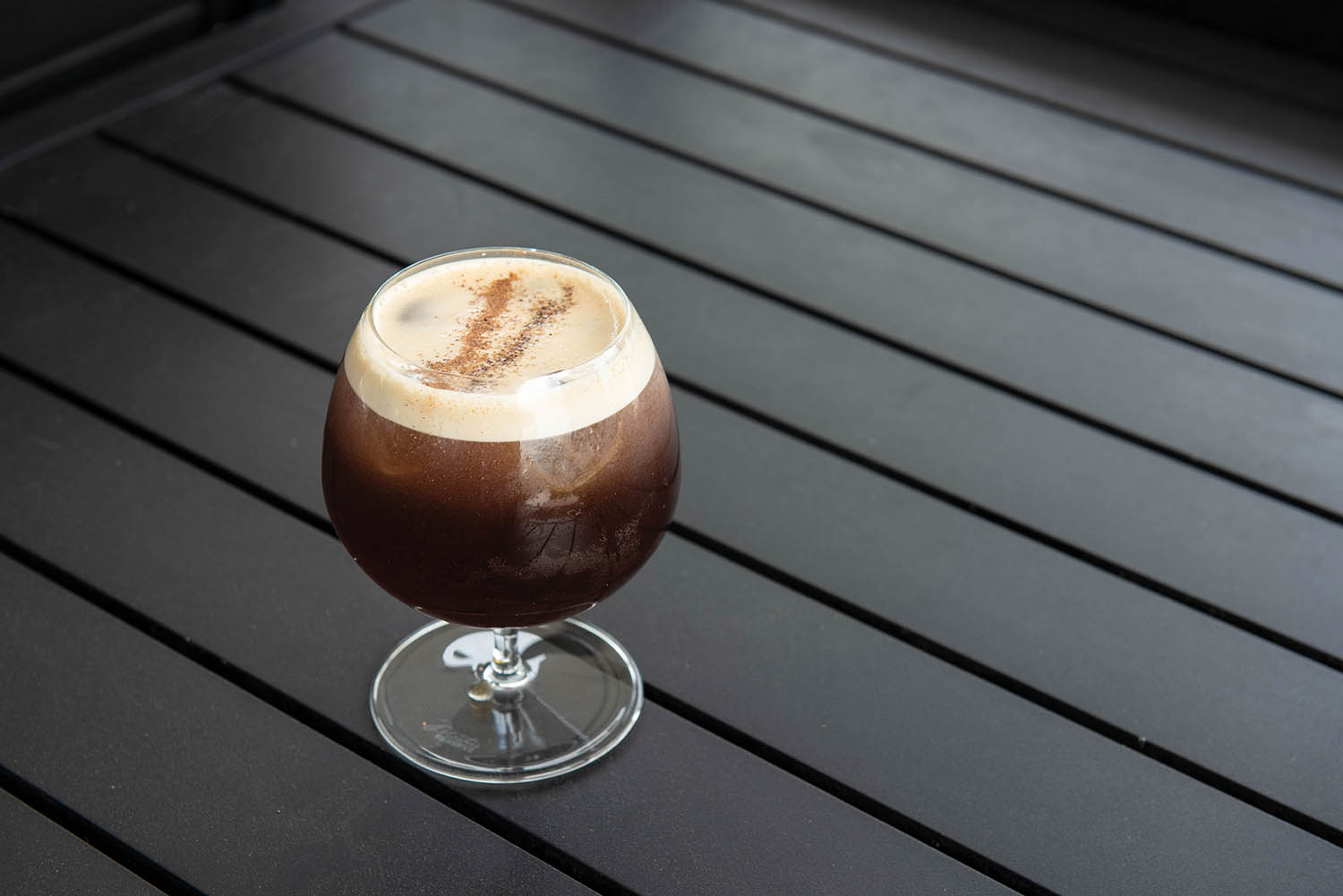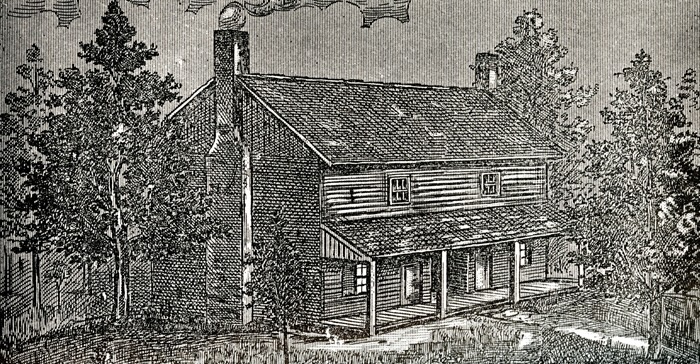As the clock ticks closer to midnight and a new year, the clock is also ticking for one local nonprofit museum that is working to preserve a piece of Phoenix [�]
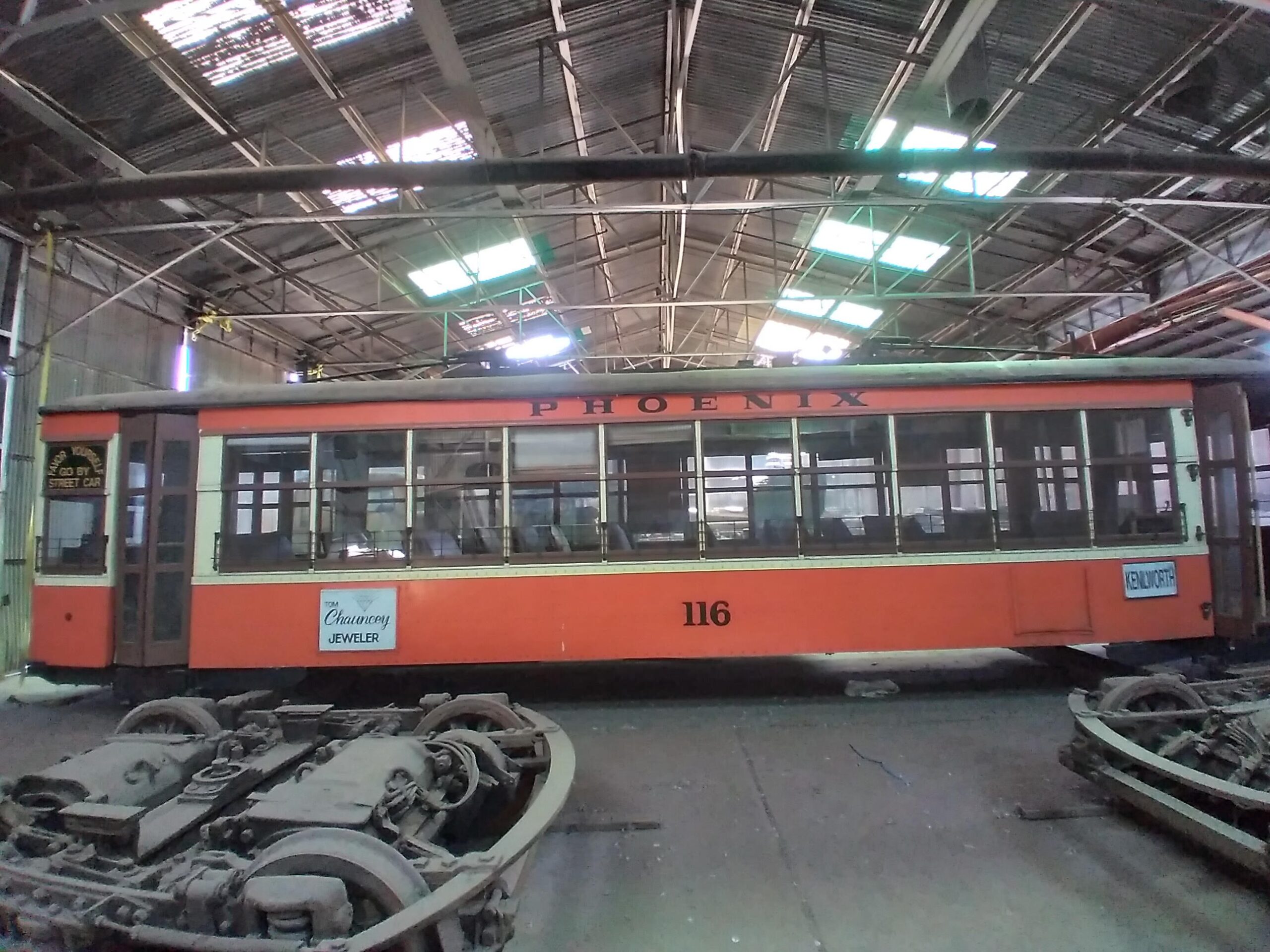 Car #116 is waiting to be moved to its permanent location, where it can continue to tell the story of Phoenix�s growth (photo courtesy of Phoenix Trolley Museum).
Car #116 is waiting to be moved to its permanent location, where it can continue to tell the story of Phoenix�s growth (photo courtesy of Phoenix Trolley Museum).
As the clock ticks closer to midnight and a new year, the clock is also ticking for one local nonprofit museum that is working to preserve a piece of Phoenix history � one that they say is integral to telling the story of the city�s growth.
The nonprofit Phoenix Trolley Museum is dedicated to the preservation of original trolley cars and memorabilia, as well as the public education about a time and place when streetcars were seen as a sign of Phoenix�s rising growth and sophistication. The museum tells the story of the original streetcar system, and its 1920s expansion, on their website.
�In 1887, the first mule-drawn streetcar rolled on freshly laid rails down Washington Street and the growth of Phoenix rolled with it, the first city in Arizona to embrace mass transit.�
The Phoenix Street Railway and streetcar system was built by General M. H. Sherman. It was then sold to the City of Phoenix in 1925, and on Dec. 25, 1928, the city celebrated the arrival of the first four of 18 state-of-the-art double-truck �Birney Safety Cars.� In a story announcing the maiden trip of the new cars, The Arizona Republican called the street cars �modern and up-to-date in every respect.�
The museum continues the history, �As the trolley system grew, so did the city. At its peak in the 20s, rails ran for over 30 miles along city streets carrying over 6.6 million passengers in 1929 alone. It was an integral part of daily life until 1947 when a trolley barn fire destroyed all but six cars. Over the next year, buses became the backbone of mass transportation in the Valley.�
Fast forward to Dec. 27, 2008, when light rail service was reestablished in the Phoenix metropolitan area with the opening of Valley Metro Light Rail. As light rail celebrated its 15th anniversary in December 2023, Valley Metro said that it has registered over 191.6 million rides on the service, which continues to grow. The Northwest Extension Phase II, which runs from the Dunlap and 19th Avenue station to the newly dedicated Thelda Williams Transit Center at the former Metrocenter Mall, is expected to begin service Jan. 27, 2024.
Telling the story of Phoenix and its trolleys to future generations
The Phoenix Trolley project was originally conceived in 1975 when Carl Wickes, Dwight Vencill, Larry Fleming and others, purchased one of the last remaining original Phoenix streetcars. Car #116, which was among those 18 purchased in 1928, along with several other cars, had been converted to use as a rental unit at the Trolley Trailer Court, near 33rd Avenue and Lincoln Street. With the goal of preserving the streetcars and telling the Phoenix streetcar story, in 1977, the 501(c)(3) Phoenix Trolley Museum was established.
The museum was headquartered at the historic Ellis-Shackelford House on Central Avenue at Culver Street. Over the years, the organization worked to restore Car #116, and in April 1999, a major celebration took place as the car moved under its own power on a section of reconstructed track. But the work was not complete and the next step in the restoration was underway when the museum�s lease was terminated at the end of 2017, and Cars #116 and #504 were sent to storage.
The museum reestablished itself at 1117 Grand Avenue, and prepared for the day when they could move the streetcars to their permanent location. But in October this year, the organization found out that the warehouse space will no longer be available, and they are scrambling to raise the funds to move the cars. It will be quite an undertaking, requiring a qualified rail contractor for the move � the cars are around 40 feet long and 8 feet wide.
A fundraiser was launched in November with a goal of raising the more than $10,000 needed to move the cars. The fundraiser page made a plea to residents, stating, �The warehouse is getting a new user who needs the whole building and we are in the way! We are costing the owners real money and if we can�t get the cars moved, they may be scrapped!�
As the deadline approached, Pat Krueger, treasurer for the museum, talked about why preserving this piece of history is so important, especially Car #116.
�It�s actually refurbished,� Krueger said. �So, you can go into it, you can walk into it, you can look at it, so you can actually see what these trolleys up close and personal looked like back in the day versus a picture. Right now, the other two trolley cars that we have, #509 [currently housed on the museum property] and #504 are just the hull, they have not been restored.�
She mused about the long history of mass transit in Phoenix, from the original mule-drawn street cars in 1887 to the light rail of today.
�Trolleys have been around for a long, long time. And it�s sort of that circle of life. You had a developer� he bought parcels of property and to get people who were interested in maybe buying them, he had to get them transported from point A to point B. So, you put them on a trolley and bring them to the property. Then, more and more people move in. So, you start running trolleys from where people were living to maybe where they are working or to grocery stores. For a long time, up until 1948, the trolley system was used by the school system as transportation.�
Krueger related how buses became more widely used because of greater convenience, and the trolley system was abandoned in 1948. Then, as the city continued to expand outward, more people began to rely on cars.
�And then of course, our population expands further,� Krueger continued, �and now maybe you�re living a lot closer to where you work, so wouldn�t it be nice if you didn�t have to pay for a car? So, now you�re using light rail and the trolley in Tempe. Like everything, it seems in history it starts from point A and then goes all the way to point Z. And then it�s like, we�re back at the beginning. It�s different but it�s the same.�
As Phoenix continues to grow and light rail expands further, connecting cities across the Valley, the Phoenix Trolley Museum wants to continue to �use the unique story of the Phoenix streetcar system to connect you with the city as it once was and what it means to those of us who live here today.� But to fully tell that story, the organization needs to bring the streetcars home � and they are looking to the community for their help to do it.
To make a donation, visit the crowdfunding page or visit the museum�s donation page. Learn more about the Phoenix Trolley Museum at www.phxtrolley.org.



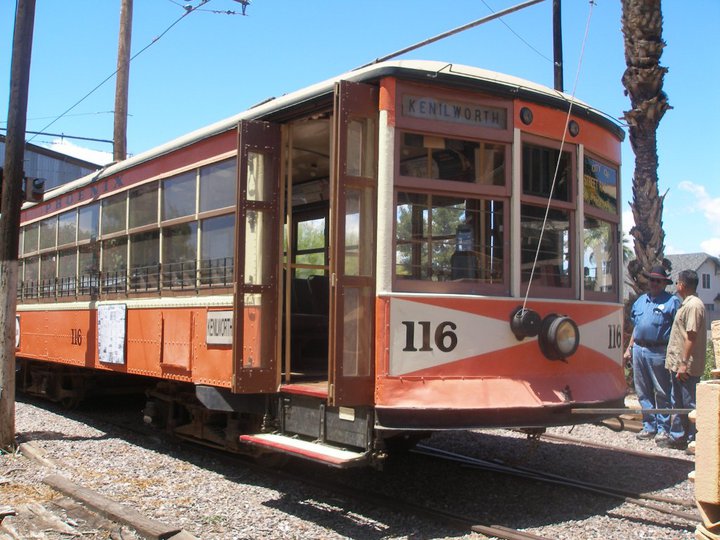 Photo courtesy of Phoenix Trolley Museum
Photo courtesy of Phoenix Trolley Museum 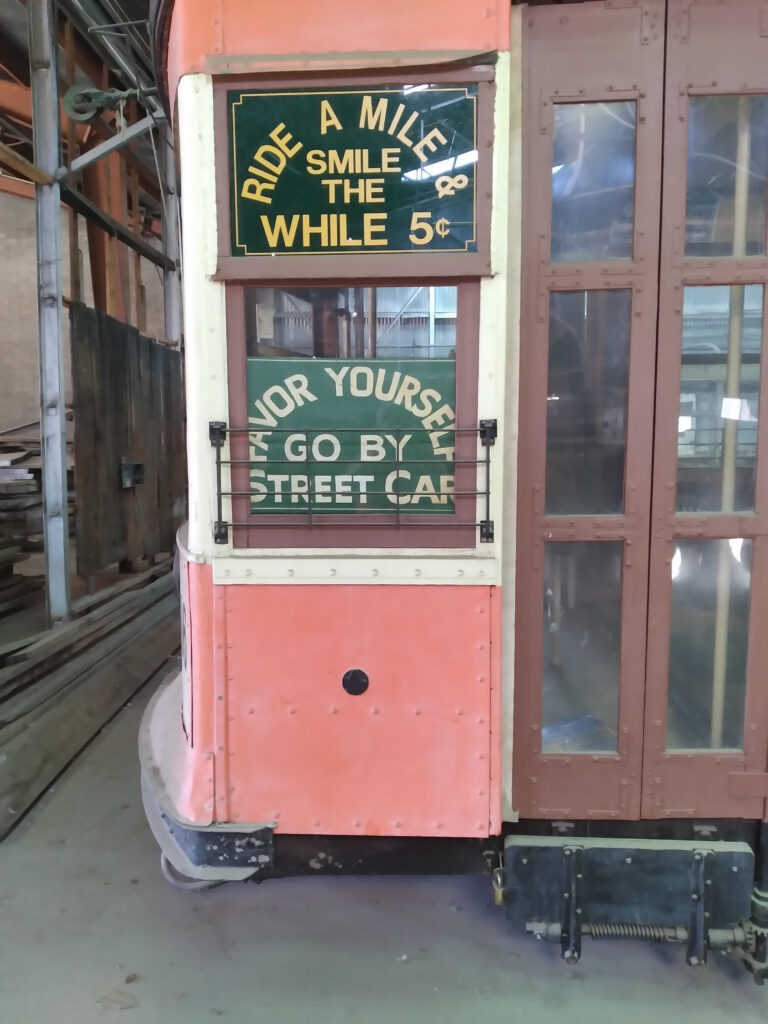 Photo courtesy of Phoenix Trolley Museum
Photo courtesy of Phoenix Trolley Museum 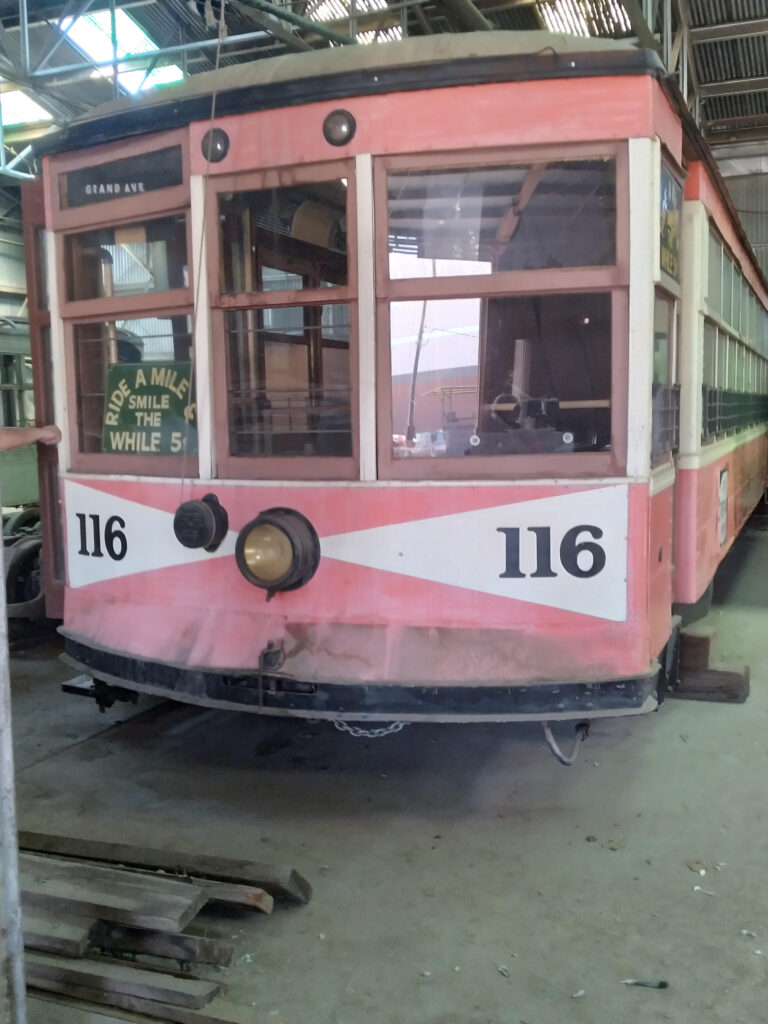 Photo courtesy of Phoenix Trolley Museum
Photo courtesy of Phoenix Trolley Museum 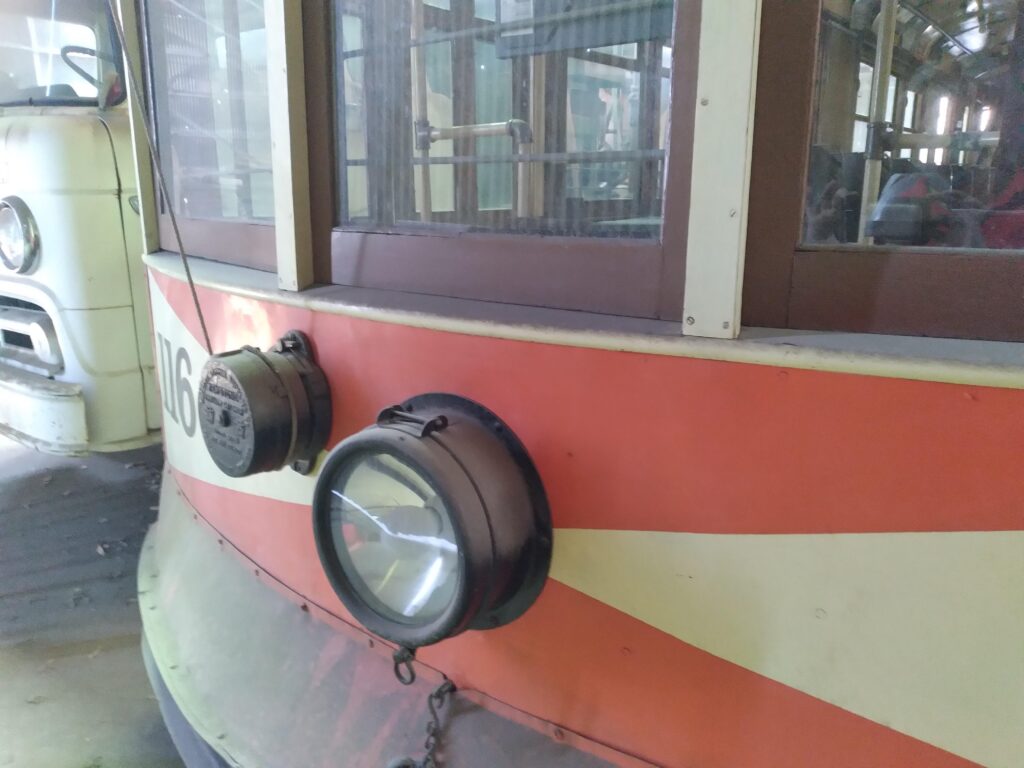 Photo courtesy of Phoenix Trolley Museum
Photo courtesy of Phoenix Trolley Museum  Photo courtesy of Phoenix Trolley Museum
Photo courtesy of Phoenix Trolley Museum 